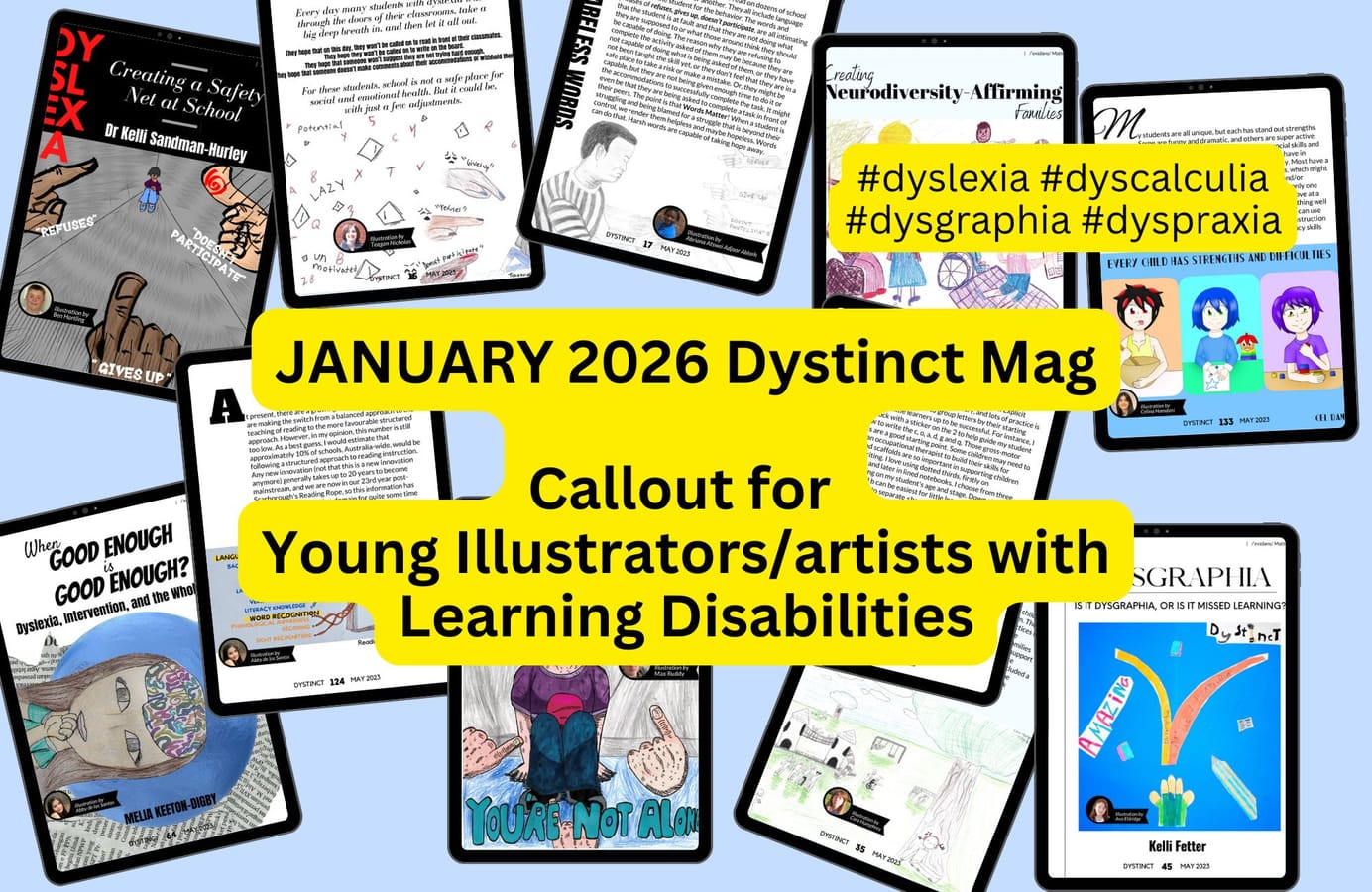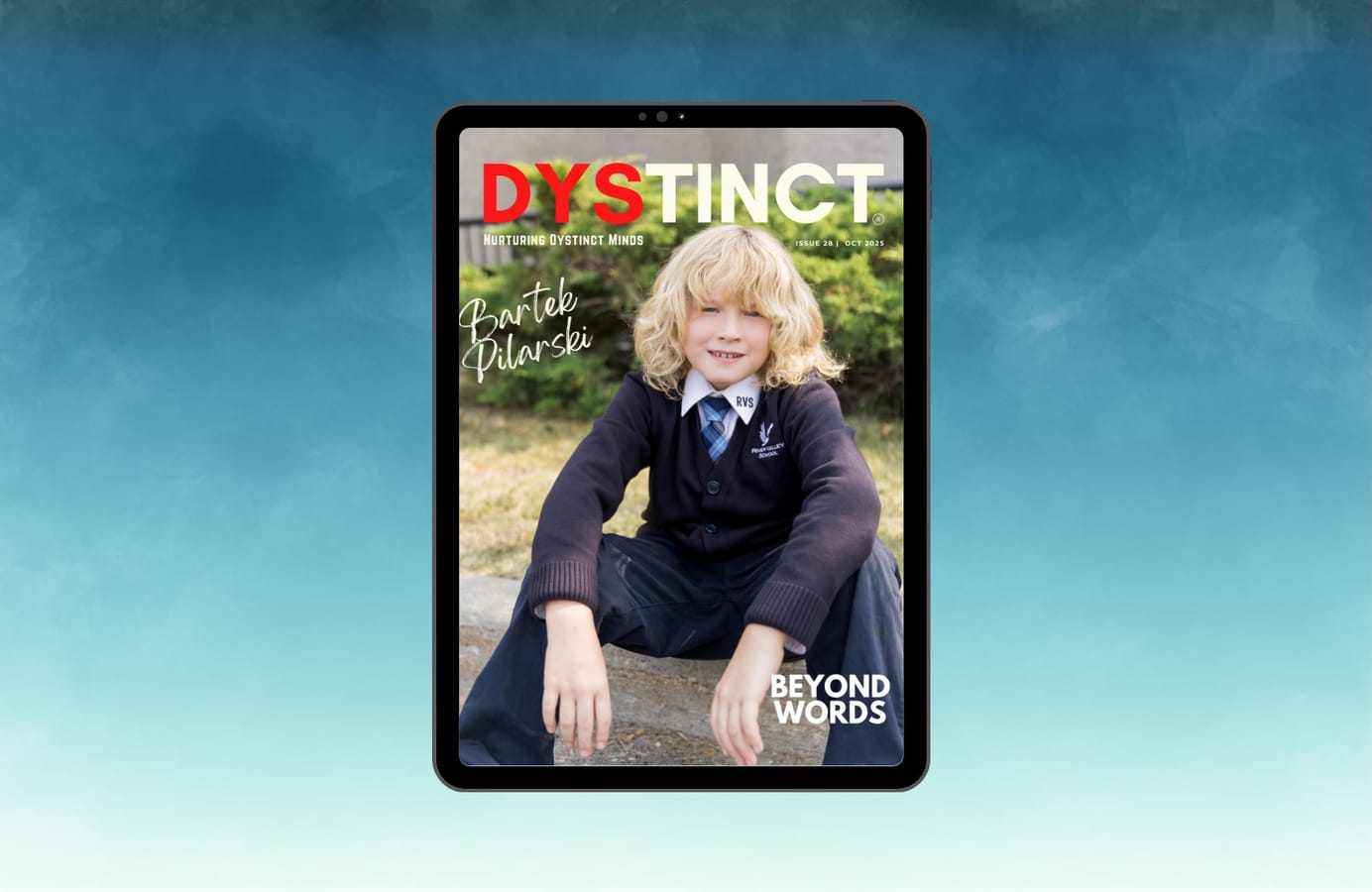
Issue 23: Debunking Assumptions About Gifted and Distractible Learners | Julie F. Rosenbaum Skolnick
Julie F. Rosenbaum Skolnick explores the unique challenges faced by twice exceptional (2e) individuals, who are both gifted and have learning differences, debunking common misconceptions and providing strategies for better understanding and supporting their needs.
The term "twice exceptional", also known as "2e", refers to people who are identified as gifted with learning differences. Perhaps a more accurate or descriptive term is gifted and distractible. When learning about the gifted and distractible profile, most people are curious about the word "distractible." In fact, it's "gifted" that is highly misunderstood. This misunderstanding and the disbelief that giftedness and learning differences can co-exist in the same person often lead to inaccurate assumptions about behaviors and expectations that are toxic to the gifted and distractible person.
'Distractible' refers to learning differences. It can represent anything from ADHD to dyslexia, processing issues (speed, visual, auditory), Autism, anxiety, social-emotional challenges, executive functioning challenges, and so much more. Truthfully, most twice exceptional people are really multi exceptional. Cultural differences, gender fluidity, and even economic and class differences can be considered exceptionalities within the 2e profile and affect how twice exceptional learners are perceived.
Giftedness is often defined as smart, intellectual, or bright. This is part of being gifted, but there is so much more. Giftedness, as shown in the "three-layer cake of giftedness" (Skolnick, 2023), includes the frosting – a thin layer above, around and between the three layers that demonstrate that high ability assumption of giftedness. One can demonstrate this part of giftedness in various areas: intellectual, artistic, athletic, or charismatic. But then there are three thick layers (or characteristics) that include asynchronous development, perfectionism, and intensity or what is known in gifted parlance as overexcitabilities.
One can demonstrate incredible abilities while also struggling simultaneously elsewhere.
Asynchronous development refers to the different rates of development in the social/emotional, intellectual, and physical spheres. One can demonstrate incredible abilities while also struggling simultaneously elsewhere. Sometimes this challenge is with social/emotional interactions, and other times it presents as a specific learning difference. The asynchrony often causes adults to ask the 2e child, "Why can you do this but can't do that?"
Perfectionism can be a driving force for a person's finest work, but when perfectionism is unhealthy, it leads to anxiety, risk avoidance, and underachievement. Perfectionism is often present in a gifted or 2e person because of their life experience of being told how smart and capable they are. It is sometimes the result of the ability to envision efforts and projects in a specific way but being unable to effectuate the vision in such a detailed manner. This causes frustration and can lead to doubting one's abilities.
Overexcitabilities is a term coined by psychologist, Kasmierz Dabrowski. In essence Dabrowski described overexcitabilities as "a high level of reactivity of the central nervous system" (Mendaglio, 2008). Think of overexcitabilities as superpowers, an ability to tap into the world in a deep way to derive either great pleasure or pain. Dabrowski identified five areas of overexcitabilities, including intellectual, emotional, imaginational, sensual, and psychomotor. You can think of them in the following way:
- Intellectual
A rage to learn. The desire to query about topics of interest in an unfettered fashion. - Emotional
The ability to identify and feel others' emotions. Demonstrating deep empathy and overwhelm. - Imaginational
Intense curiosity and the ability to create artistically, musically, or even humorously. - Sensual
Deep sensory seeking or sensory avoiding. An incredible ability of the senses that requires a tailored "sensory diet" (Kranowitz, 2022). - Psychomotor
the need to move. This person may need to move to learn.
Overexcitabilities are often misunderstood. Intellectually overexcitable people for instance, may be described as "know-it-alls" or "show-offs" when in reality they are just deeply curious. Emotionally overexcitable people are often told to "relax" or "reign it in." Imaginationally overexcitable people, in some cases, are misdiagnosed with ADD because they are lost in their own entertaining thoughts that distract them from what is happening in front of them. Sensually overexcitable people are frequently described as indulged or enabled. Psychomotor overexcitable people are deemed hyperactive. In truth, overexcitabilities should be viewed as superpowers. These are people who come into the world as super bright lights, but the world is not set up for them. They need more, or they are asked to put out less.
This post is for paying subscribers only
SubscribeAlready have an account? Log in


